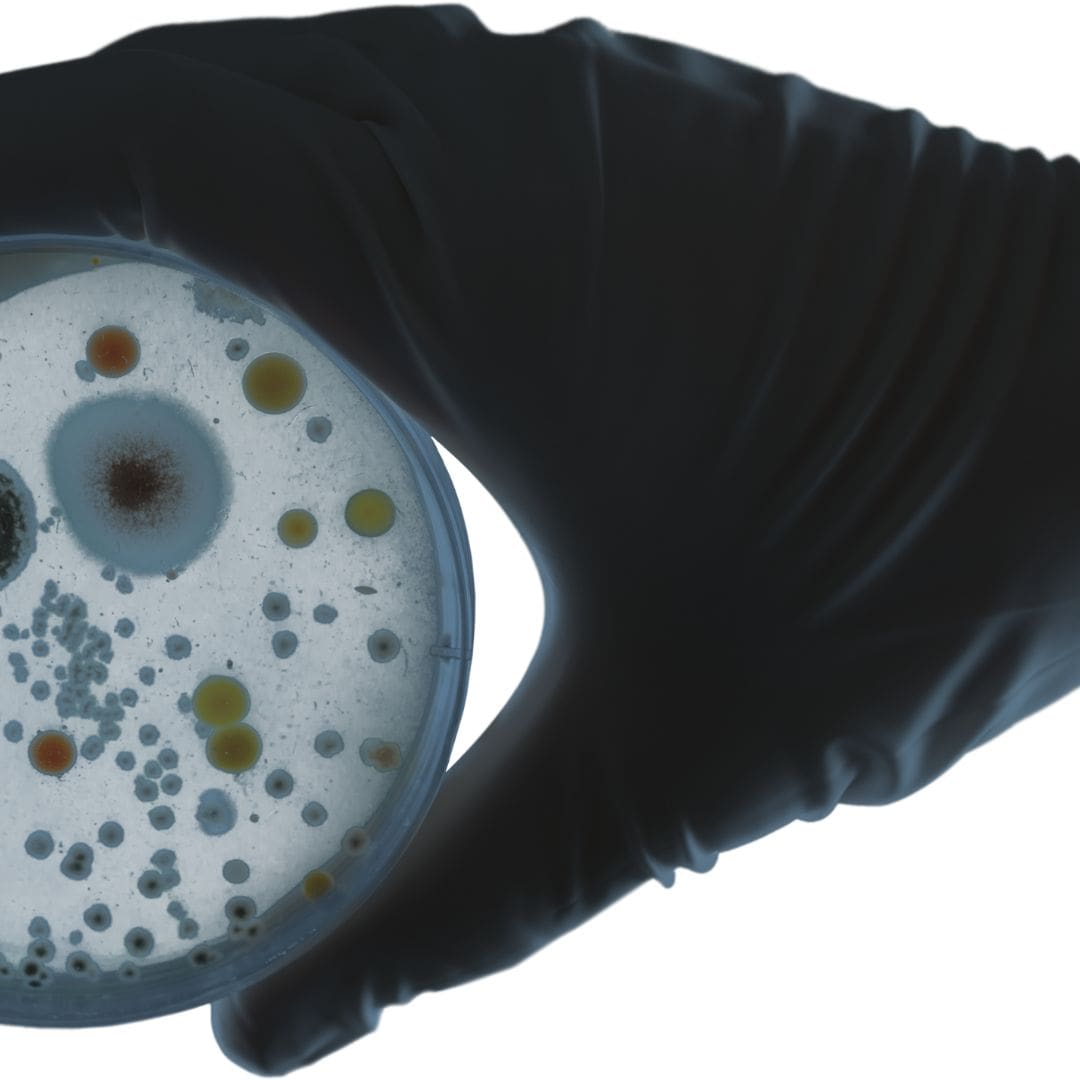
Get A Testing Quote
Recent Articles
What is the USP <2022> Test?
USP <2022> is a commonly used test method for the testing of nutritional and dietary supplements, intended to verify the absence of specific pathogenic microorganisms. Like foods, dietary supplements must have low levels of microbial contamination in general and must be completely free from microorganisms that cause disease. The USP <2022> method is a presence/absence test for a variety of pathogens. It is often run in combination with the USP <2021> microbial limits test>. The two methods together represent the industry standard microbiological tests for dietary supplements. FDA and manufacturers rely on the method to prove their products are safe and ingestible.
When is USP <2022> Testing Required?
USP <2022> testing is required for all finished batches of nutritional and dietary supplements, per the FDA Good Manufacturing Practices Regulations. The test requirement is in line with federal requirements that foods – also ingestible substances – be free from pathogens. The USP <2022> test is similar to the USP <62> microbial limits test commonly used for personal care products.
What Pathogens does USP <2022> Measure?
The USP <2022> test method is designed to allow manufacturers some flexibility in the evaluation for specific pathogens. The method identifies the following microorganisms and provides specific instructions for the analysis of each:
- Staphylococcus aureus
- Escherichia coli
- Salmonella species
- Clostridium species
Microchem Laboratory also tests for the following additional pathogens, as appropriate for a given product:
- Listeria monocytogenes
- Pseudomonas aeruginosa
Enrichment Component of the USP <2022> Test
A key step in the USP <2022> test is enrichment, which is incubation of a sample of the dietary supplement or ingredient in a large volume of nutritive microbiological broth. Enrichment amplifies the concentration of any potential pathogens in the product, turning a single pathogenic cell into over a million overnight. This step enables microbiologists to easily detect pathogens using selective and differential growth media (agar plates) later in the test.
What is the “Suitability Test” for USP <2022>?
Microbiologists use suitability assays to verify that a given method is appropriate for a given dietary supplement or ingredient. Suitability assays prove that if a small number of pathogens under evaluation are present in a given sample, they will be detected every time during routine testing. Suitability assays are performed once in the life of the product, typically after final formulation and before routine testing.
Summary of the USP <2022> Method
Many USP methods provide for flexibility in conduct, but changes to the method risk reducing sensitivity to pathogen detection, a major problem. Microchem conducts the method in compliance with the standard, with any changes made by a qualified microbiologist and validated prior to use. The procedure can be summarized as follows:
- First, a suitability assay is conducted, required once per product, not each time the test is conducted thereafter.
- A relatively large amount of product, typically 10 grams or milliliters, is added to various nutritive growth broths, specific for hte pathogens being evaluated.
- After incubation of these broths – also called enrichment, small volumes are plated onto differential and selective media, which is then incubated and evaluated for growth characteristic of the pathogens in question.
- Microbiologists use colony morphology, the shape and size of bacterial and fungal colonies on agar plates, in combination with color changes associated with pathogen growth, to decide if growth is due to pathogens present in the product or non-harmful microorganisms.
Is the USP <2022> Test Qualitative or Quantitative?
USP <2022> is a qualitative test. It provides a yes/no answer to the question of if pathogens are present in a given dietary supplement or ingredient.
Share This Story!

